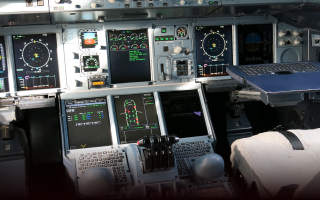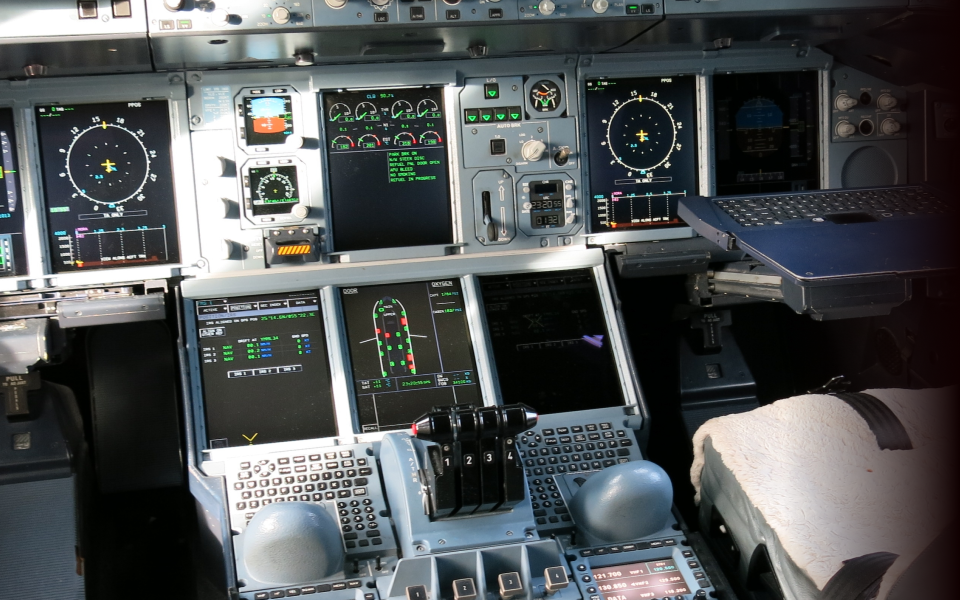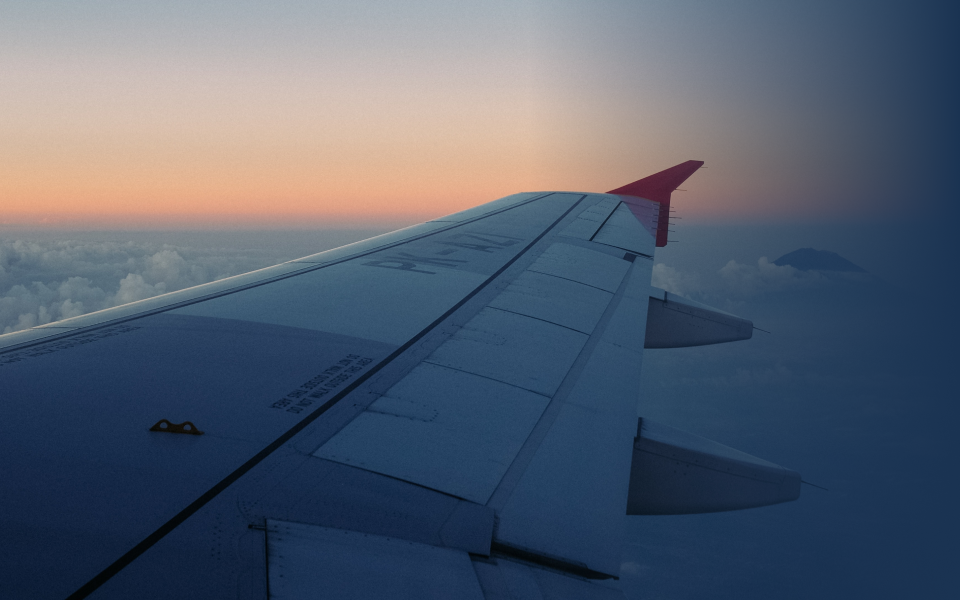Our team currently has some 200 engineers (embedded software, systems, radio frequency, electronic, mechanical, cyber security, optical, and optoelectronic) in 5 major R&D facilities in France, Denmark, South Africa, and the United States. They are aligned as closely as possible with the needs of our clients while supporting our production teams and intervening throughout the product life cycle.
One of our major successes is our SATCOM segment, which covers commercial and military applications. Our technologies are a market reference, mostly because of their weight, aerodynamics, safety, and ease of installation.
We are currently developing the next generation of SATCOM. It will be used to safely and reliably manage several constellations from a single piece of equipment, providing an unprecedented speed of communication. Over the next decade, Cobham Aerospace Communications technologies will be key in helping fleet operators comply with regulations related to optimizing air traffic and flight itineraries.



Our latest generation audio-radio management system, as yet unrivalled in terms of weight, is the market standard. It easily integrates all the major avionics suites and can be used to enhance the management interface.
Every client receives the highest level of cyber protection available in the industry. In the military domain, our most recent audio-radio management systems comply with the most stringent defense standards. All of our audio-radio systems include an in-flight wireless secure communications device.
We are already investing in the next generation of systems, which will feature unparalleled data management, smart voice synthesis, and even 3D audio.

Our aviation lighting technologies are especially known on infra-red landing lights (combat helicopters) and high-powered gyro-stabilized searchlights (rescue helicopters).
All our internal and external lighting solutions feature low power consumption values and very little wiring. They contribute significantly to reducing the carbon intensity of aircraft.



Our antennas cover all communications, security, and navigation functions for civilian and military aircraft. Furthermore, our research on drag reduction has contributed to reducing the CO2 footprint in the airline industry. We are working on the next generation of antennas, notably structurally-integrated antennas or air-to-ground connectivity antennas.



